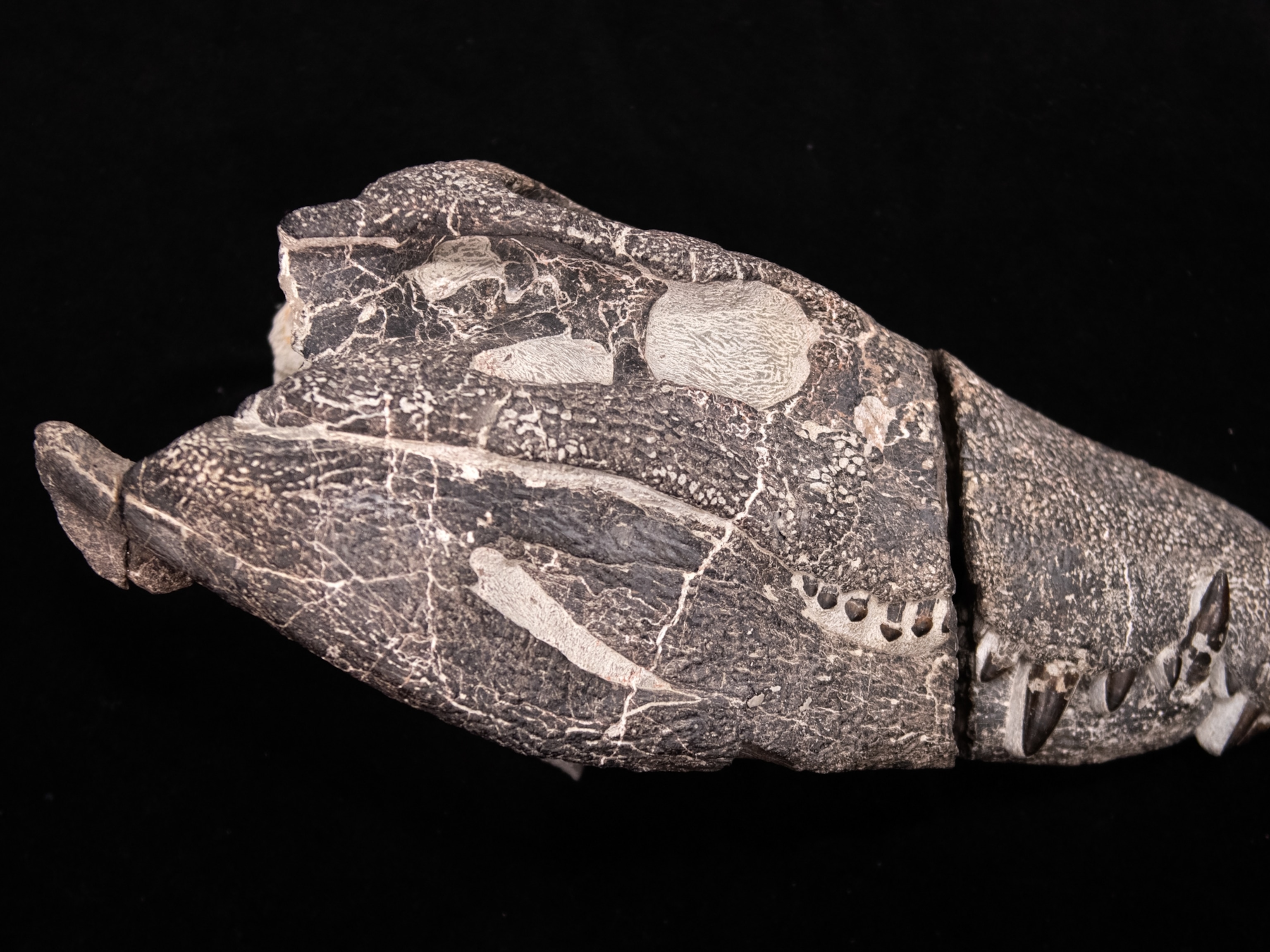Walk into your local pharmacy and you’ll find yourself surrounded by a colorful array of packets, bottles, boxes, and blister packs. Hidden out of sight are hundreds more medicines in plainer packaging, many with unfathomable names such as methotrexate and atorvastatin. Collectively, these represent trillions of dollars of intellectual property—because getting a medicine to market isn’t easy. On average, in the United States a new drug takes 12 years to develop in a complex and costly process that is more likely to fail than succeed. In 2015, there were around 7,000 medicines in development worldwide, but the United States Food and Drug Administration (FDA) approved just 56 new drugs. The standards new medicines must meet are reassuringly high—the effort that goes into developing them is astonishing.
Whether it’s to treat cancer or the common cold, the first step in developing a new drug is to gain an in-depth understanding of the complex molecular processes that cause the illness. Armed with this knowledge, scientists can start the hunt for a target molecule: a large biomolecule, often a protein, that plays such a key role in causing the illness that disrupting it will stop the illness. Medicines work because their active ingredient is absorbed into the bloodstream and carried to the target molecule, where it triggers the disruptive response that makes the patient feel better. Finding the right target molecule is hard; finding the right disruptor is even harder.
In the lab, a sophisticated robotic process called high-throughput screening automates the seemingly impossible task of testing how the target molecule reacts to thousands of other molecules. If one of these binds itself to the target molecule, scientists have found a lead. Medicinal chemists then modify each lead molecule into thousands of variations in an effort to optimize it for survival in our bodies and trigger the right response. All of these variations are analyzed by an army of scientists from pharmacologists to toxicologists, with the most promising leads being developed further in preclinical trials that test their efficacy and safety on live organisms. Very few molecules make it this far; those that do can perhaps be turned into a safe and usable drug. The process is still far from over.
Until now the drug has been limited to the lab, but clinical trials will test the drug on humans. This highly sensitive stage of the process is carried out in four phases and follows strict scientific and ethical guidelines, most notably that participants give their informed consent: they understand how the drug works, what the trial is testing, and all the risks involved. Already, exhaustive efforts have been made to confirm that the drug is safe and effective on humans, but even at this advanced stage of development the probability of success remains low: Only around 10 percent of drugs that go to clinical trials ever make it onto pharmacy shelves.
Phase I trials are carried out on either a small number of healthy humans or on those suffering from the target illness in order to evaluate the drug’s safety. In Phase II the drug is given to small numbers of patients suffering from the target illness to find the right dosage, frequency, impacts of administering with food and delivery method for the drug. If the results are consistently good, Phase III trials seek to prove the drug across statistically significant numbers of patients—perhaps thousands all around the world. Throughout the clinical trials, results are diligently monitored, analyzed, and published for peer review until the drug is established as safe and effective.
Only now is an application made for regulatory approval by agencies such as the FDA in the U.S. and the European Medicines Agency (EMA) in Europe. All the data of the entire development process is submitted, perhaps 500,000 pages of documentation that is meticulously scrutinized, questioned, and verified before the agency grants its approval. Even then, the drug enters Phase IV of clinical trials, continuous close monitoring of its effects for as long as it is used. By the time large-scale production of the new drug begins, more than 10 years may have passed since research began, at a cost likely exceeding $5 billion. But the new drug can now be prescribed for collection at your pharmacy—with one more illness managed that much better.
We asked some big questions about living a better life. Discover more about how we can overcome the world’s biggest challenges at natgeo.com/questionsforabetterlife





